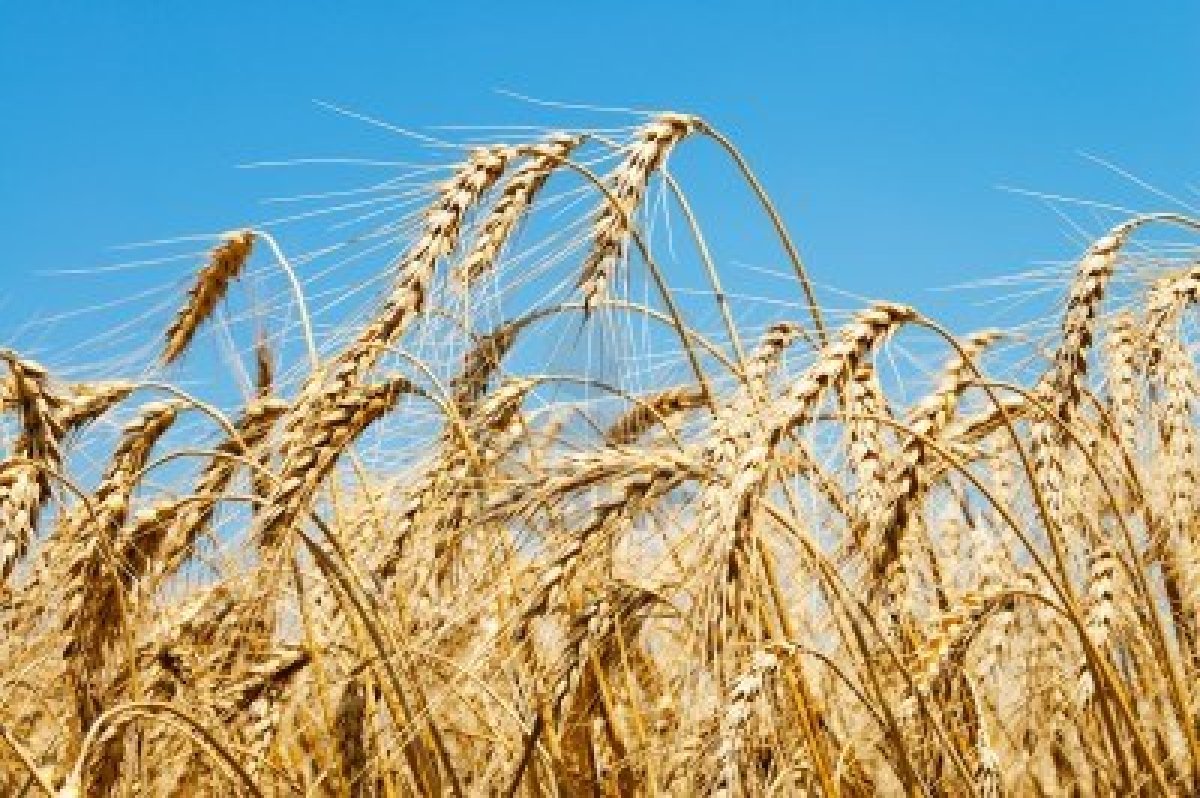The term GM foods or GMOs (genetically-modified organisms) is most commonly used to refer to crop plants created for human or animal consumption using the latest molecular biology techniques. These plants have been modified in the laboratory to enhance desired traits such as increased resistance to herbicides or improved nutritional content. The enhancement of desired traits has traditionally been undertaken through breeding, but conventional plant breeding methods can be very time consuming and are often not very accurate. Genetic engineering, on the other hand, can create plants with the exact desired trait very rapidly and with great accuracy. The best known example of this is the use of B.t. genes in corn and other crops. B.t., or Bacillus thuringiensis, is a naturally occurring bacterium that produces crystal proteins that are lethal to insect larvae. B.t. crystal protein genes have been transferred into corn, enabling the corn to produce its own pesticides against insects such as the European corn borer*.
So are GM foods helpful for harmful? Supporters of this technology maintain that it ensures and sustains food security around the world as the population increases. The world population has topped 6 billion people and is predicted to double in the next 50 years. Ensuring an adequate food supply for this booming population is going to be a major challenge in the years to come. GM foods promise to meet this need by increasing crops’ pest resistance, herbicide tolerance, disease resistance, cold and drought tolerance.
Cassava is the third-largest source of food carbohydrates in the world. Cassava is a major staple food in the developing world, providing a basic diet for over half a billion people. Cassava root is a good source of carbohydrates, but a poor source of protein. A predominantly cassava root diet can cause protein-energy malnutrition. Scientists are engineering the other essential nutrients into cassava so that people who rely on it as their main diet are less likely to go blind due to protein deficiency.
Environmental activists, religious organizations, public interest groups, professional associations and some scientists and government officials have all raised concerns about the environmental hazards and human health risks of GM foods. A laboratory study published in Nature showed that pollen from B.t. corn caused high mortality rates in monarch butterfly caterpillars. Monarch caterpillars consume milkweed plants, not corn, but the fear is that if pollen from B.t. corn is blown by the wind onto milkweed plants in neighboring fields, the caterpillars could eat the pollen and perish. Although the Nature study was not conducted under natural field conditions, the results seemed to support this viewpoint*.
Wheat farmers, advocates of food safety, and pretty much anyone who eats bread or noodles have turned their attention to Oregon, where a wheat farmer found a genetically engineered strain of wheat in his otherwise unmodified crop. He couldn’t kill it in any of the normal ways, so he sent it to the lab for testing. The reality has caused alarm: Genetically modified wheat hasn’t been approved by the Food and Drug Administration, and unlike corn and soy and other so-called GMO foods, there isn’t supposed to be any genetically modified wheat in the U.S. food supply at all. This can potentially cripple the export market because many foreign buyers don’t want genetically modified wheat and can switch their buying to Russia, Ukraine, Australia, and other large exporters.
Crop uniformity, which the biotech firms are promoting, will reduce genetic diversity making them more vulnerable to disease and pests.
Since this is a very young and untested technology, effects on human health are largely unknown. Many children in the US and Europe have developed life-threatening allergies to peanuts and other foods. There is a possibility that introducing a gene into a plant may create a new allergen or cause an allergic reaction in susceptible individuals. But we don’t know that for a fact yet.
As time goes on, the science behind genetic engineering is no doubt improving. There are several possible solutions to the problems mentioned above. Genes are exchanged between plants via pollen. Two ways to ensure that non-target species will not receive introduced genes from GM plants are to create GM plants that are male sterile (do not produce pollen) or to modify the GM plant so that the pollen does not contain the introduced gene. Cross-pollination would not occur, and if harmless insects such as monarch caterpillars were to eat pollen from GM plants, the caterpillars would survive. Another possible solution is to create buffer zones around fields of GM crops*.
The debate about GM foods shouldn’t be one of ideology. One billion people go to bed hungry every day. GM foods offer a viable solution to the worldwide problem of food shortage and therefore deserve serious consideration.
Almost everything we eat today has been modified by man. There is no cantaloupe in the Garden of Eden. Men made it. I am not one of the organic elite. Organic foods may be better in the sense that they are produced using methods of organic farming but they are genetically modified. I believe in eating in small proportions and living an active life style. What we eat, the air we breathe in and the water we drink all contribute to our physical wellbeing. Nobody is protesting against automobiles any more even though they release huge amount of pollution into the air every second because our survival and prosperity depend on it. If you ask a starving child in Africa whether GM foods are helpful or harmful, what answer do you think you’ll get?
______________________________________________________________________________
*http://www.csa.com/discoveryguides/gmfood/overview.php


i love your blog, don’t find many that are so clear, it is nice to see that someone really understands.
June 18, 2013 @ 9:30 am
Very informative article post.Really thank you! Will read on…
June 9, 2013 @ 8:52 pm
At the very beginning, there were no caterpillars, no wheat, and no farmers.
June 5, 2013 @ 11:04 pm
Great article. Hope common sense prevails.
June 4, 2013 @ 9:17 am